 I was asked by Marita from Stuff with Thing if I could write a post on how to empower child on the spectrum or with different needs to protect them against child abuse. I was honoured to consult with Holly-ann Martin the founder and Managing Director of Safe4Kids who wrote this post on protecting our children from child abuse. I believe this advice can help all children.
I was asked by Marita from Stuff with Thing if I could write a post on how to empower child on the spectrum or with different needs to protect them against child abuse. I was honoured to consult with Holly-ann Martin the founder and Managing Director of Safe4Kids who wrote this post on protecting our children from child abuse. I believe this advice can help all children.
Children that may need extra protection
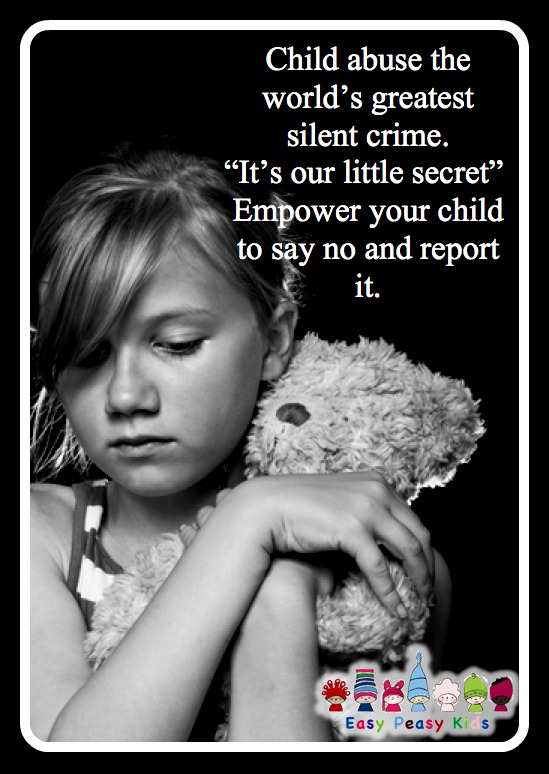 One of the greatest challenge facing parents is how to keep their children safe as you can’t always be there with them. Statistics indicate that in Australia 82%of girls and 44% of boys with special needs will be sexually abused by the age of 12 (Professor Freda Briggs 2000). Children with special needs are more likely to be targeted by sexual perpetrators because they know that these children often don’t have the language or ability to disclose, and in some instances the child may not understand what is happening to them. Children with special needs don’t always have the same support systems as mainstream children whose support group and peers maybe able to help to protect them. By empowering children with abuse prevention education, it gives them the tools and language to keep themselves safe; or in the unfortunate event that something should happen, they will have the language and confidence to disclose what has happened.
One of the greatest challenge facing parents is how to keep their children safe as you can’t always be there with them. Statistics indicate that in Australia 82%of girls and 44% of boys with special needs will be sexually abused by the age of 12 (Professor Freda Briggs 2000). Children with special needs are more likely to be targeted by sexual perpetrators because they know that these children often don’t have the language or ability to disclose, and in some instances the child may not understand what is happening to them. Children with special needs don’t always have the same support systems as mainstream children whose support group and peers maybe able to help to protect them. By empowering children with abuse prevention education, it gives them the tools and language to keep themselves safe; or in the unfortunate event that something should happen, they will have the language and confidence to disclose what has happened.
Empower your child
One such tool is teaching children the correct anatomical names for their private parts. Nonverbal children can be taught the sign language for private body parts or by having these words available on their communication devices. Studies with perpetrators in prison have revealed that they will not normally pursue a child who uses the correct names for body parts as the perpetrators believe that someone has done some kind of abuse prevention education with that child. It is extremely important to teach your child that private means just for them, and no one should touch their private parts. There are some exceptions to this, and if your child needs assistance with toileting they should know that even the person assisting them needs to ask for permission to touch them.
Private parts are those parts of the body that are covered by their bathers, and also include the mouth. Teach them that they must not touch anybody else’s private parts and that no one should show them pictures that reveal private parts. This is especially important as pornography is so easily accessible, it is used in the grooming of children, especially with teenage perpetrators.
People who commit these heinous acts on children will only do so if they are 99% sure that the child will not report it. It is critical to have strategies in place so that your child will be able to disclose if something despicable happens. The reality is that most abuse cases involving children with special needs are not likely to go to trial as authorities think the children don’t make good witnesses. So special needs children have even more reason to learn strategies to keep themselves safe if the system that deals with these type of crimes will not give them a fair hearing. If children are learning abuse prevention education in schools, then schools will have a record of what children have learnt on their Individual Education Plan. If necessary, parents can use this to demonstrate that their child can be a credible witness, and that they do know what they are talking about and have the appropriate language to impart that information.
If children are nonverbal, have statement like, “No! It’s my body” or “Don’t touch me” on children’s communication devises. Attach stickers with, “We all have the right to feel safe all of the time,” on their wheelchairs. Perpetrators won’t know what children know or don’t know, so what harm could there be in setting up the illusion that they could disclose, even if they are of a lower communication level.
Teach children sign language using the thumb up for safe and the thumb down for unsafe. It is such simple tool, but you would be surprised just how much and how quickly children will pick up. If anyone is doing something to them that they don’t like, they need to say, “Stop unsafe!” and use the signs for both ‘stop’ and ‘unsafe’. If they are more verbal they need to be taught to say, “Stop it, I don’t like it when you … (and name the behaviour). It makes me feel … (and name the feeling)”. For this reason also, protective behaviours programs teach feeling identification. Children, and even some adults, have difficulty identifying how they are feeling outside of happy, sad, scared and surprised.
Trusted network
Children also need a network of five trusted adults who they are able to talk to. It is important to help your children to develop a network of trusted adults who will provide support and protect them if necessary.
The criteria for being a Network person is an adult who will:
1. …listen.
2. …believe them.
3. …be available and accessible.
4. …take action, if necessary, to protect them and help them feel safe again.
Using the outline of a hand, have your child write the name of an adult who lives in their home on the thumb, second and third fingers are for school staff, and the fourth and fifth fingers are for family or community members not living in the same home. For example, another parent (if not living in home), grandparent, neighbour, aunts, uncles or adults at out of school activities (example; sports coach, scout leader), parents of friends, church leaders, family doctor, etc. Your child may wish to place friends, siblings, pets, toys etc. on their palm – these are not Network people, but they may choose to practice telling them about what is upsetting them. Encourage your child to go with a friend or take the toy to tell a Network person when they are feeling unsafe.
Use the wrist for an Emergency Network including Police (000) Security Guards or Shop Keepers (if they are lost), Duty Teachers and Kids Helpline 1800 551 800.
These are only a few of the techniques that must be taught to all children. Please check with your child’s school to see if they are running abuse prevention education with your child. If the answer is no – ask why not? This needs to be every school’s priority. Current statistics are that 1 in 3 girls and 1 in 6 boys are being sexually abused, not just children with special needs. This is the world’s greatest silent crime.
Resources
Holly-ann has sent me some of the products from Safe 4 Kids which I have been using at work and I highly recommend them. An opportunity not just to give children the tools to protect themselves but to help them understand their own emotions too. The products can be purchased here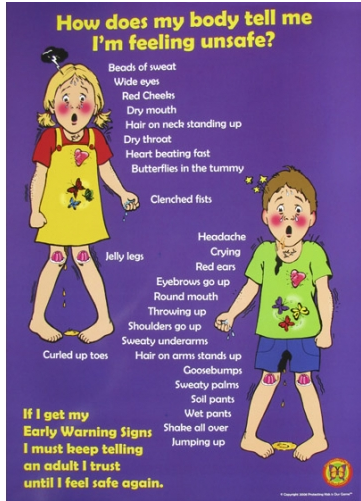

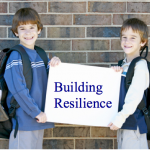
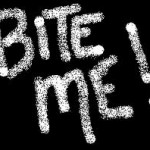



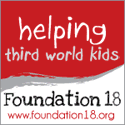
Such helpful suggestions and ideas, thank you so much Holly-ann and Nathalie.
It is very distressing to think that such a thing may happen and I hope to be able to prepare my daughters as well as possible so it doesn’t.
It is horrible and the damage lasts for ever. x
Thank you soooo much for providing this information. It’s something I have tried to talk about with my children but I couldn’t seem to find the ‘right’ words to make them understand. It’s a hard (and sad) thing to teach your children that not all adults can be trusted and that it’s ok to say ‘No’ and YET to also teach them that they should respect grown-ups and do as they’re told. I love that the focus in this article is on feeling safe, so that- regardless of WHO that person is- if they don’t feel safe then it’s ok, and right, to say no!
Pleasure. It is a difficult area to talk about, yet a very important one x
Thankyou so much for this info Nat. I will be bringing this up at my kids’ school definitely xxx
Thank you it’s not nice to speak about but so very important.
Nathalie, this is such an important post. Such great information. I don’t have a child with special needs, but all of this applies to other children too.
Yes Deb it does apply to all children. It’s an area of work I never discuss but recently there have been so many cases. Xx
It’s so eye opening, that this happens around us. The worst part is that kids blame themselves instead of knowing its wrong and telling others whats really going on. Thanks for these great tips.
Great advice. There is a book you can buy through Family Planning Queensland called “Everyone’s Got A Bottom” and is the perfect tool to teach young ones what is and what is not OK. + lots more to help keep them safe. My sister works with abused children & highly recommends it.
Thanks I will purchase a copy.
Wonderful advice by a fantastic and special educator!
Thank you.